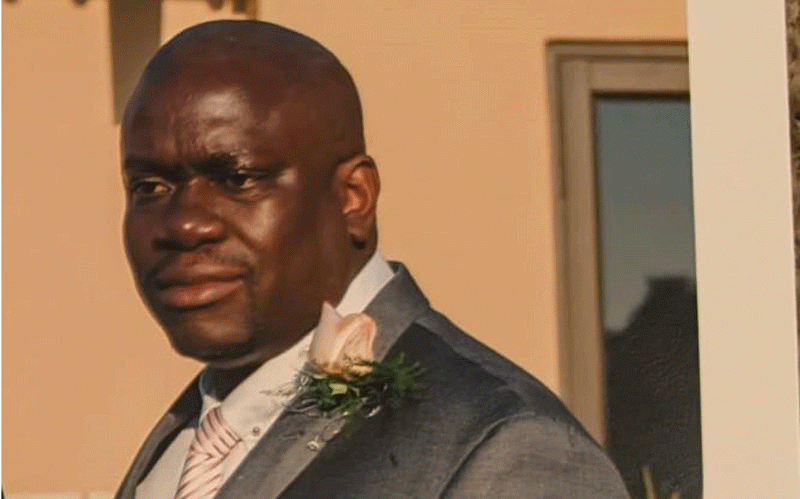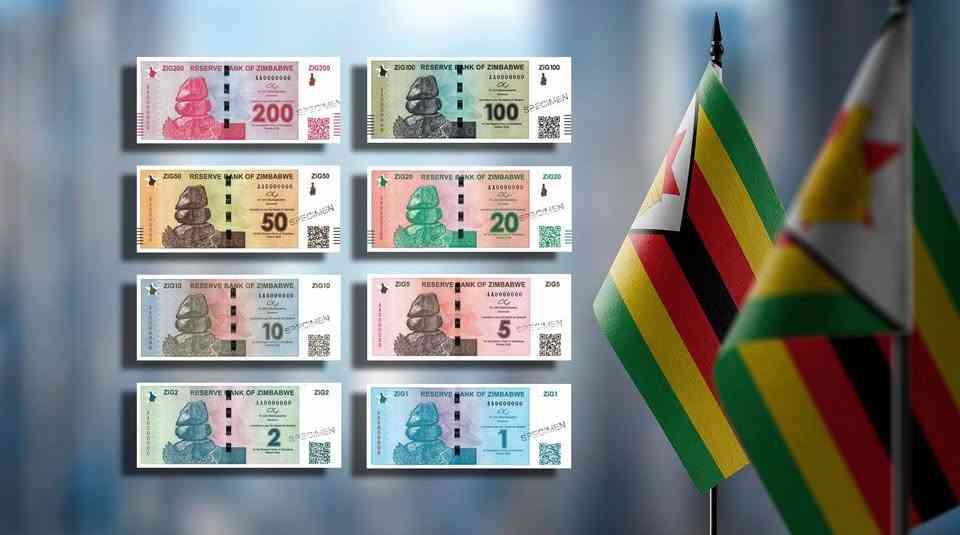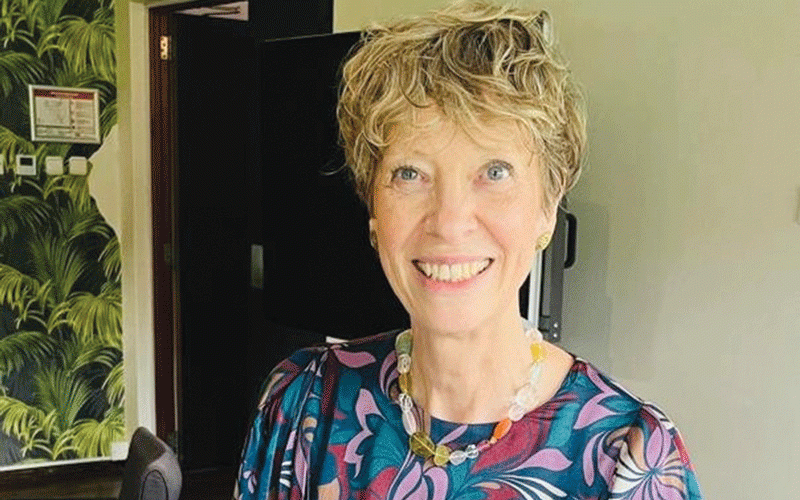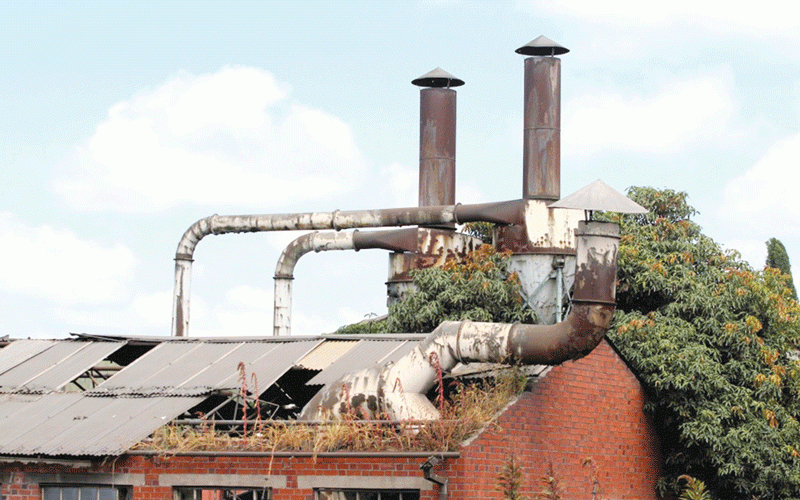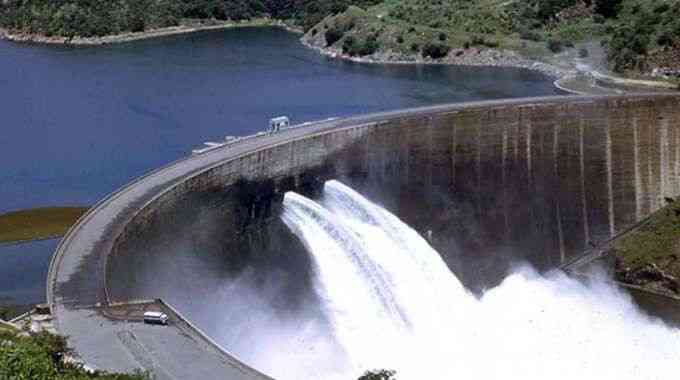
The government is facilitating investment deals between local independent power producers (IPPs) and European Union (EU) investors to secure funding for critical energy projects, as Zimbabwe’s power crisis continues to disrupt economic activity, the Zimbabwe Independent has learnt.
One of the most pressing challenges for local businesses is the persistent power outages caused by an unreliable electricity supply.
Zimbabwe’s peak electricity demand currently exceeds 2 000 megawatts (MW), but generation capacity remains erratic, ranging between 1 000MW and 1 400MW due to limitations at Kariba South Hydro and Hwange thermal power stations.
At Kariba, generation has been severely affected by dwindling water levels linked to climate change — while Hwange suffers from chronic underinvestment and aging infrastructure, worsened by foreign currency shortages.
In an interview with the Independent, Energy and Power Development permanent secretary Gloria Magombo confirmed the government was actively tackling the crisis. She spoke on the side-lines of the inaugural EU-Zimbabwe Business Forum in Harare, where energy investment featured prominently.
“We are here to encourage our own private sector to look for partners and look for funding from different international funders who are coming as part of the European Union delegation. I was happy to see that the EU has always said that they have funding to support the private sector,” Magombo said.
“So, this programme was for the private sector with the EU to allow them to engage, to look at what are the opportunities. We have come up with mitigation issues to deal with risks, but also they are willing to say, ‘while you have mitigated the risks this way, we are also able to share the benefits of all these projects with you as partners.’ Some are looking for loans, and some are looking for equity partners.”
The Intensive Energy Users Group, a consortium of local IPPs, holds a portfolio of proposed generation projects worth 16 000MW across solar, coal, and hydroelectric energy — but funding remains elusive.
- Power cuts spur Zimbabwe’s green energy revolution
- CCC urged to push for dialogue over reforms
- A peep into Matenganyika’s artistic closets
- The Bioskop Short Film Competition is back
Keep Reading
“In this particular case, we are looking at energy. The EU said they already have programmes, and renewable energy is one of the sectors where they want to participate. We are happy, and we will continue to see what else can be done,” Magombo said.
“But, at the end of the day, what we need are solutions to our energy challenges. For those solutions, we have put the opportunities on the table. It is up to them to take the opportunity, and we are looking up to the market to bring up the players who can buy power and sell it in our market and also sell in regional markets.”
Local IPPs have long raised concerns over inadequate financing for energy projects.
Zimbabwe Electricity Transmission and Distribution Company senior manager for electricity trading and system operations, John Diya, said shortages continued to plunge homes and industries into darkness. He said Kariba Power Station's output remained unstable and was wholly dependent on water levels. Last season, the dam held only 1,79% usable water, equivalent to roughly 25cm across the surface.
“We are now hovering around 14%, which is encouraging. If inflows continue, we will see improvements. But Kariba alone cannot meet national demand,” Diya noted.
Zesa has also struggled to settle mounting debt. A recent parliamentary report revealed that the utility exported electricity to settle debts owed to Chinese firms — even as domestic markets endured widespread blackouts.
In February, the committee stated: “According to Zesa Holdings, they possess a huge loan burden in renovating some of the units at KSPS (Kariba South Power Station) which amounts to US$350 million.”
“Zesa created a huge debt burden on the utility, including foreign currency commitments for loan repayments and spare parts purchase. Management added that repayments need to be done in foreign currency and they have resorted to exporting power in order to generate foreign currency,” the committee said, questioning the costs of Kariba upgrades in 2018 and the more recent Hwange expansion.
Kariba was expanded at a cost of US$550 million in 2018, while Hwange was commissioned in 2023 after a US$1,4 billion revamp.
“The committee highlighted the country’s history of poor loan servicing has hindered access to affordable financing for power projects. The committee noted that the Hwange and Kariba projects were procured at inflated costs contributing to high electricity tariffs. Treasury should timely disburse funds to service loans for power projects to ease Zimbabwe's history of debt servicing challenges and improve the country's creditworthiness and facilitate access to affordable energy financing,” the report added.


